Before we talk about QR codes, I’m going to tell you a secret. Many of you reading this are going to think that I’m absolutely crazy because of this secret. But there will be a few of you who will gasp lightly, smile, get a little excited, and think “Oh my gosh. Me, too!” Ok. Here goes.
I absolutely loved teaching prekindergarten. Loved it. As in it is my favorite grade I’ve ever taught.
It’s true. I am “that” person. The Pre-K-8 school where I taught prekindergarten had a major focus on language development, and I worked with many students learning English as a second (or third) language. This is the case for many students and teachers in classrooms around the country. If you teach prekindergarten or lower elementary and have English Language Learners (ELLs) in your classroom, let’s look at five ways QR codes can be used to support language development and promote vocabulary acquisition in your classroom. In the end, I’ll also share how to create different types of QR codes. But before we get started, let’s take a look at some research and information on language development in young children.
Why Is Language Development Important in Early Years?
Language development has been theorized for years by great psychologists and sociologists who have impacted education in major ways– like Skinner, Chomsky, Piaget, and Vygotsky. There is so much research out there! According to researcher Patricia K. Kuhl, Ph.D. in “Brain Mechanisms in Early Language Acquisition,”
There is evidence that early mastery of the phonetic units of language requires learning in a social context.
So the family, school, and social environment of learners is an important part of their language learning. This can be connected to Vygotsky’s Zone of Proximal Development which is focused on language development through social interaction. Kuhl, along with many other researchers, also finds that:
In the domain of language, infants and young children are superior learners when compared to adults, in spite of adults’ cognitive superiority. Language is one of the classic examples of a “critical” or “sensitive” period in neurobiology. Scientists are generally in agreement that this learning curve is representative of data across a wide variety of second-language learning studies.
Brain Mechanisms in Early Language Acquisition
For example, here is a chart shared by Kuhl showing the age of second language acquisition related to grammatical proficiency in the second language. It’s interesting to see that proficiency is highest in those children learning the language before age seven. Teachers working with ELLs in preschool through second grade, you have an important job during a critical stage in language development. But if you’re a teacher working with older students, research also shows that our brains are still very skilled, more so than originally thought, at learning the grammar of a new language up to age 17 or 18.
Seeing how important second language learning is in the critical stage before age seven, let’s take a look at five ways to use QR codes to boost acquisition of language structures and vocabulary and foster positive social interaction to support language development.
1. Vocabulary Reinforcement
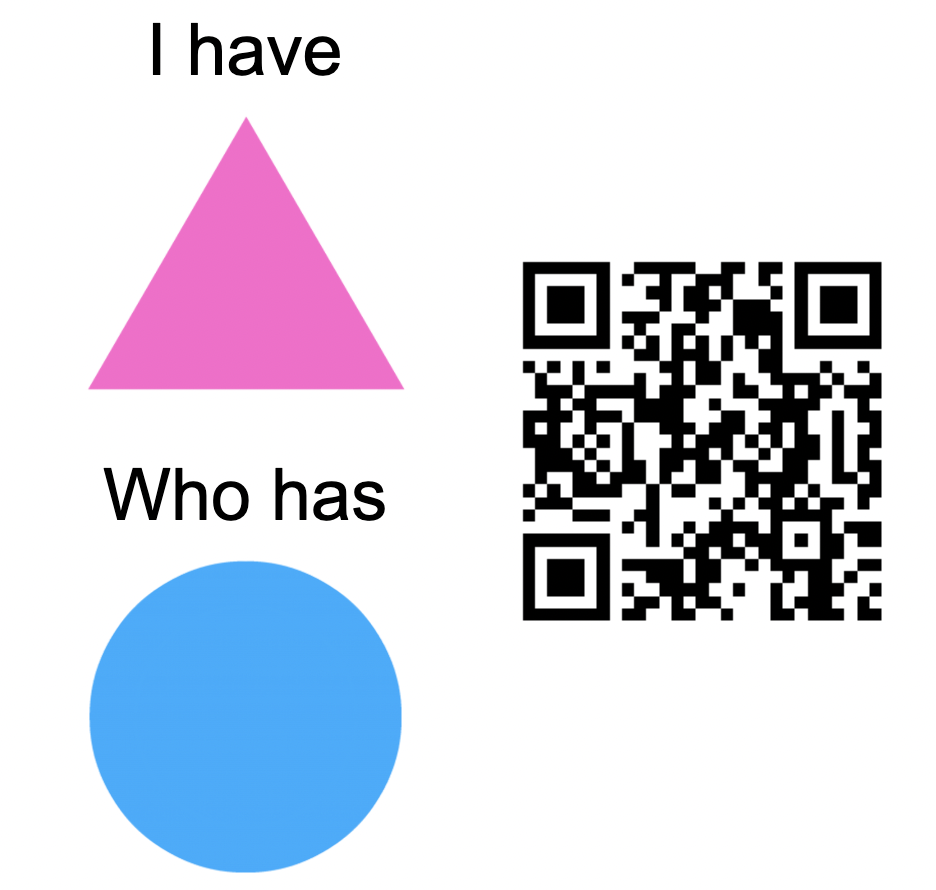
Learning supply and school vocabulary. Label supplies, materials, and toys in your classroom with audio-only QR codes. This will allow students to scan and hear the words for vocabulary practice.
Checking for understanding. Students can pick QR codes from a mystery box or bag, listen to the word, and identify the correlating object(s) in pictures, flashcards, or the classroom. For example, if a student scans a QR code and hears the word “scissors,” they can show they understand by finding scissors in the classroom, choosing them out of a set of picture cards, or by pointing to scissors in a picture of a classroom.
Scan and say. You can also put audio QR codes on image cards for students to scan and say. Labeling flashcard images with QR codes for matching games is fun, too. Students flip the card, scan to hear, then say the word before choosing their second card. You can also place codes on “I Have/Who Has” cards if a student gets stuck.
2. Songs, Poems, and Nursery Rhymes
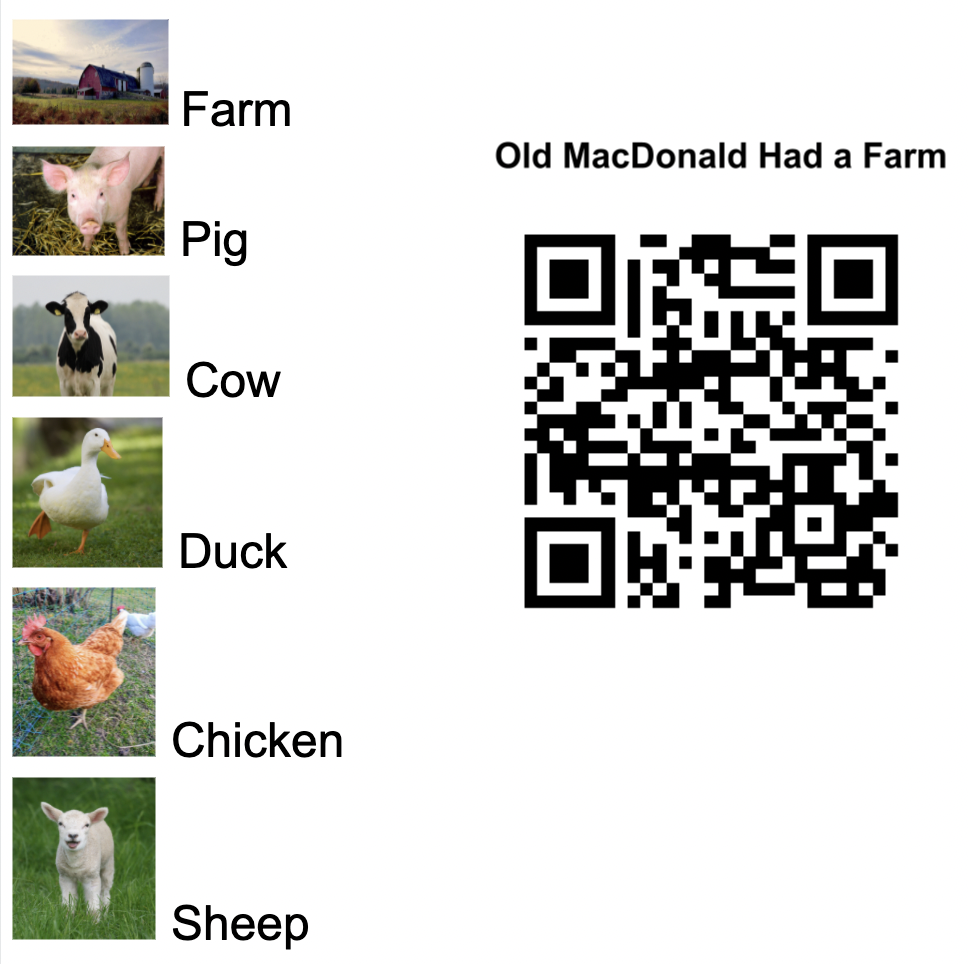
Songs, poems, and nursery rhymes are fantastic for language learning. And they are a tried-and-true way to teach vocabulary and sentence structure. Not only that but students really love them! Give ELLs the opportunity to revisit songs, poems, and nursery rhymes to reinforce vocabulary on their own by creating a Song and Poetry book with QR codes. Prior to introducing a new song, create a video or audio recording of it. Be sure to speak (or sing) slowly and clearly. Once students have been introduced to the song and any related vocabulary, you can paste the audio or video QR code along with lyrics and related pictures of vocabulary into the Song and Poetry book. This book can stay in the library or music center, for example. Repeated listening is good vocabulary reinforcement and it builds confidence in students who may be hesitant to participate at first.
3. Language-Based Scavenger Hunts
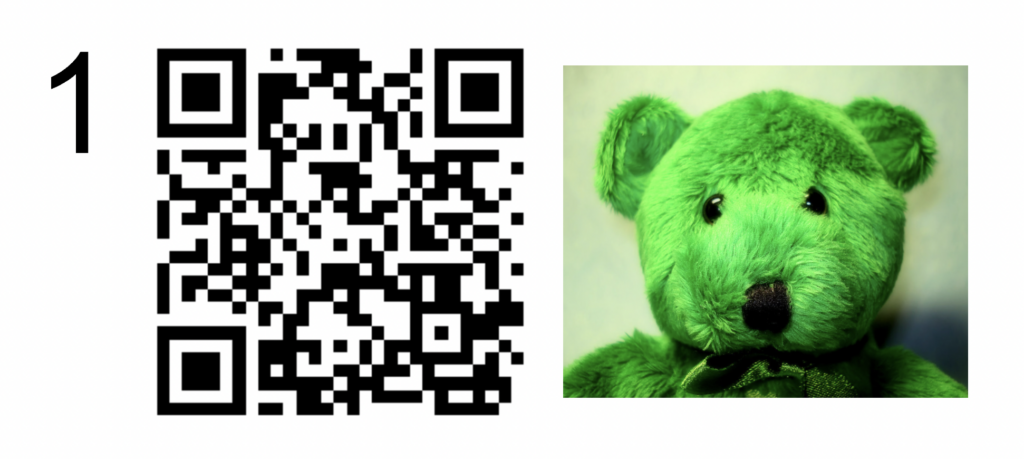
There are several ways you can create fun, language-based scavenger hunts for your ELLs. Place audio-only QR codes on numbered cards around your classroom or school to give oral instructions on where to go next for treasure hunts. Or have students pick a QR code from a bag to collect objects or have “I Spy” adventures.
Here are just a couple of adaptable scavenger hunt ideas:
- The class mascot is missing!
- Find the hidden treasure.
- Spy objects on a nature walk.
- Gather a collection of items.
- Look for shapes, numbers, and colors!
4. Connect School and Home with Language Journals
Create a Language Journal with ELLs. Include lyrics to songs, poems, and nursery rhymes, and add images and words for vocabulary. Add QR codes for these so students can practice outside of school. They can take their journal home each weekend to add photos or drawings to bring back to school on Monday. In my classroom, students were very motivated to speak about their lives. They enjoyed showing me their pictures and drawings and describing them. Not only was it a great time to connect with students on a personal level, it was also a great way to get them comfortable speaking.
5. Read Alouds
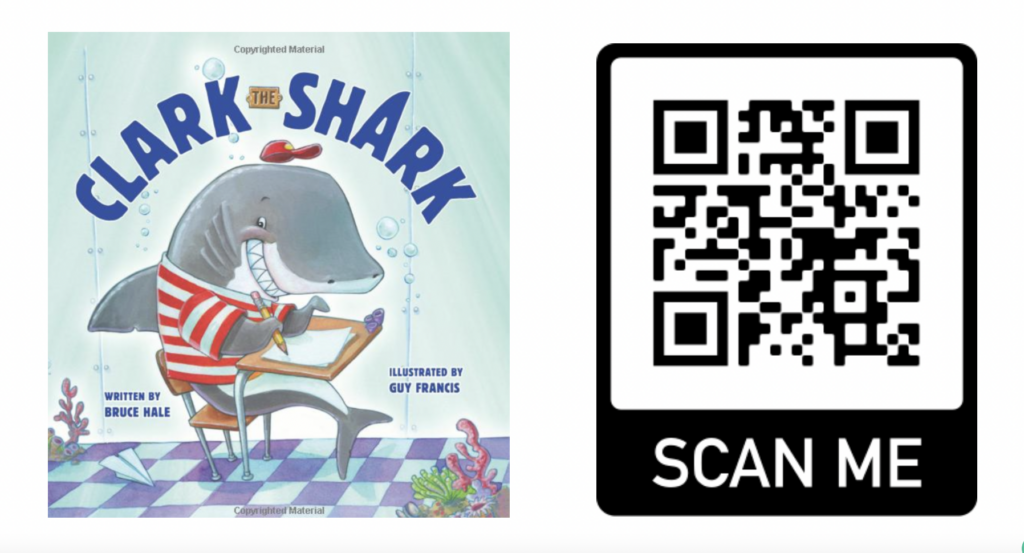
Record your own read alouds or find them on YouTube. Laminate QR code cards containing the QR code and a picture of the book cover, and students will love to revisit texts you’ve read in class. This is great for listening comprehension and reinforcing vocabulary, much like the Song and Poetry book. I kept these in a basket in the library center. Students could watch a video read aloud or listen to an audio-only read aloud while looking at the book.
Read Aloud Resources:
- Storyline Online
- Indianapolis Public Library
- WeAreTeachers Best “Read Alouds on YouTube for Classroom or Home”
- Storyvision Studios UK
- Toadstools and Fairy Dust
- StoryTime at Awnie’s House
- KidTimeStoryTime
How to Create QR Codes
Video QR Codes
This video shows you how to create a QR code using a video in your Google Drive. Be sure that your share settings are set to “Anyone with the link can view.”
For YouTube videos, you can use the same instructions, but with a YouTube video link.
Audio QR Codes
You can follow the instructions above for audio files in your Google Drive. But you can also easily use Vocaroo. Vocaroo is a fantastically easy tool to use for creating free, audio-only QR codes. Click the red record button, click Save and Share, and then download your audio QR code. This has been one of the most valuable tools I’ve found.
In Conclusion
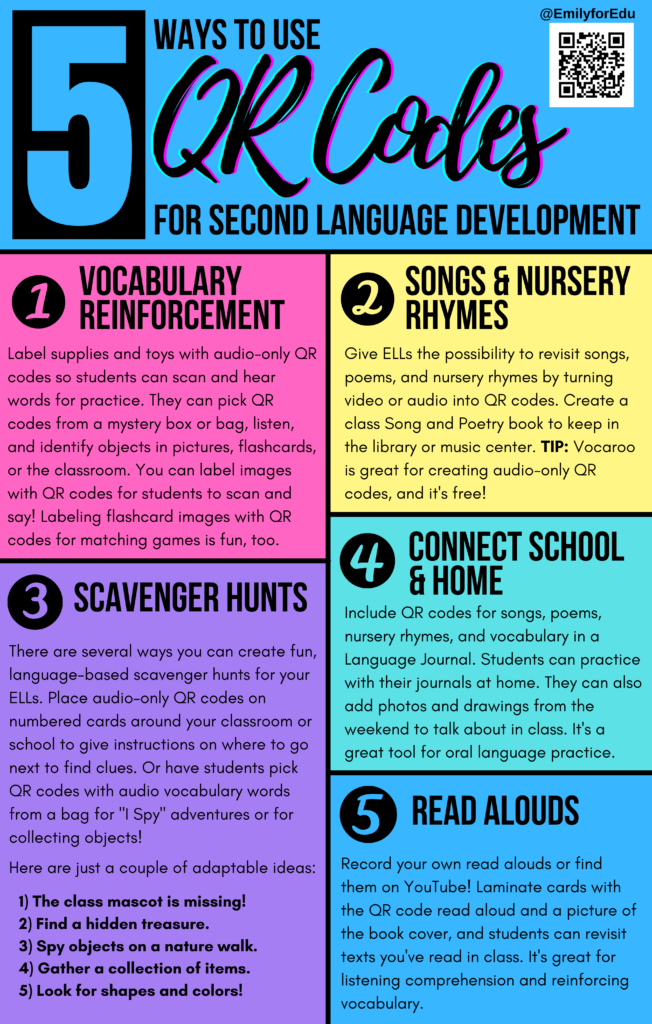
I hope you’ve found something you can use in your classroom to make second language learning fun and to support vocabulary acquisition. If not, I hope one of these ideas sparked an idea in you. Please feel free to share what’s worked in your classroom in the comments section.

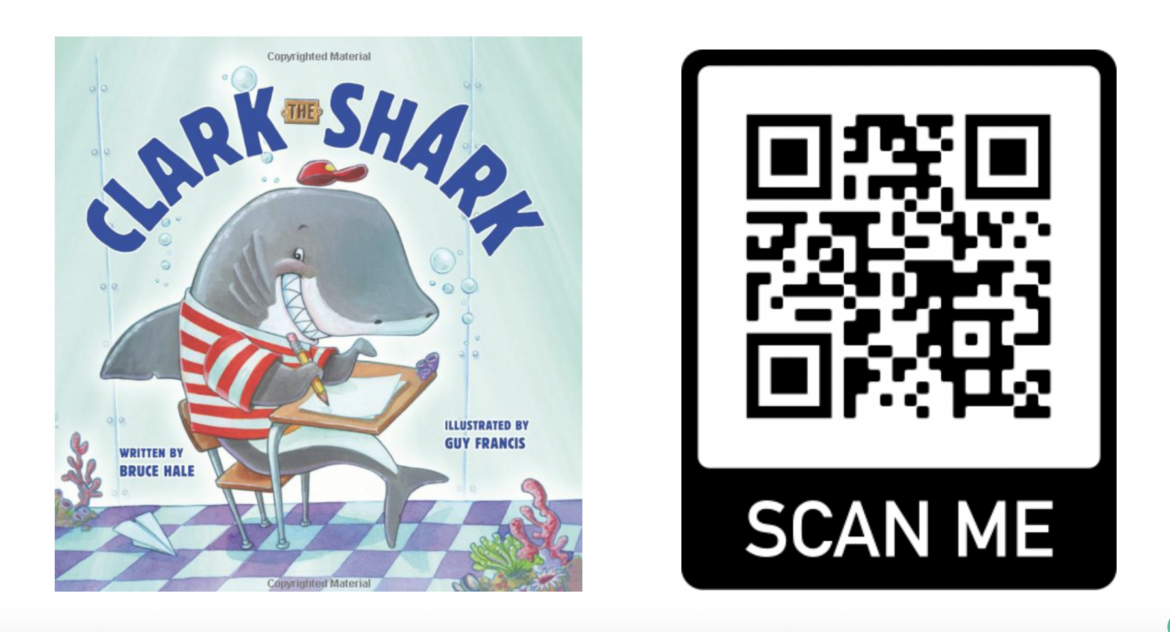
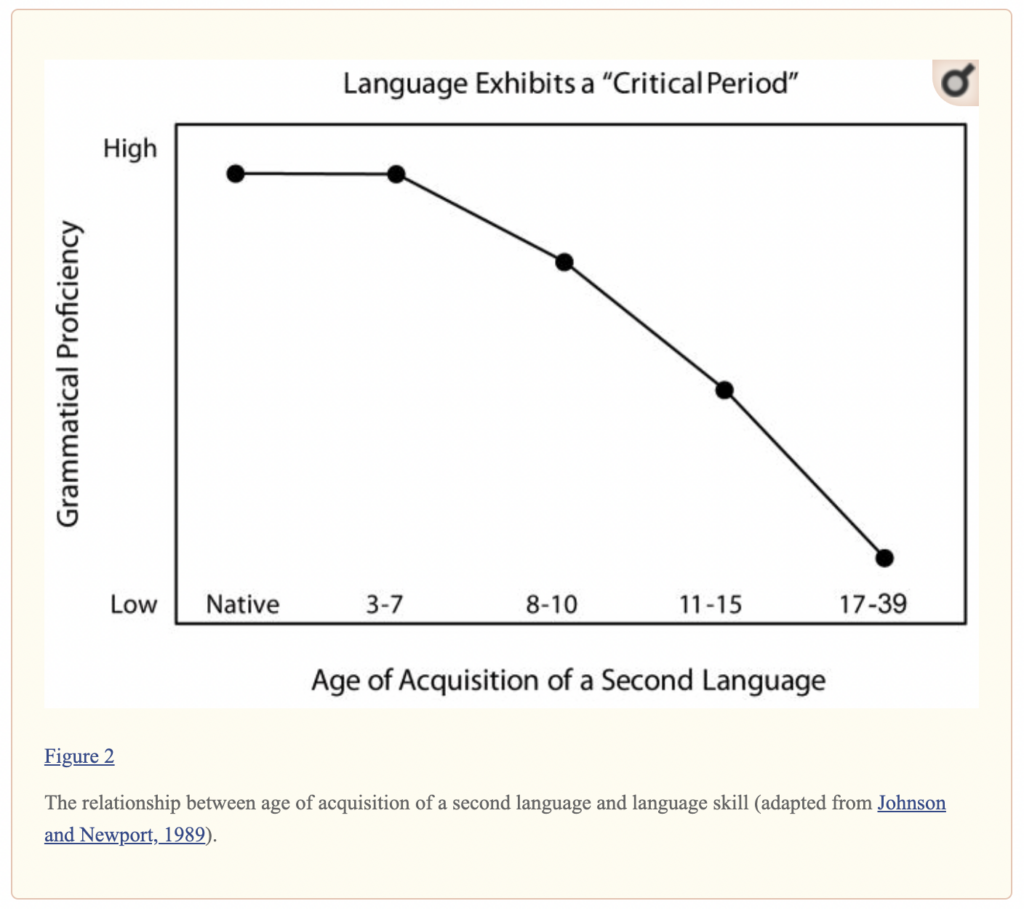
4 comments
Emily, thank you for sharing this article! I am a pre-service teacher trying to learn as much as I can. I had never considered how versatile QR codes can be for emergent bilingual students. Thank you for the ideas and I hope to use these tips in my future class!
Hi Sofia, you made my day! I’m so glad you found the article helpful. QR codes are such a useful tool. If you have any additional ideas for ways to use them, don’t hesitate to share!
Hi EMILY
Thank you for this article i have learnt so much. My question is how can I make QR codes a tool for game based learning and not gamification
Hi Emtee! Thank you so much for reading. Could you provide me with more details so that I can best answer your question? For example, what grade/subject do you teach and do you have a specific learning objective(s) in mind? Looking forward to hearing from you!